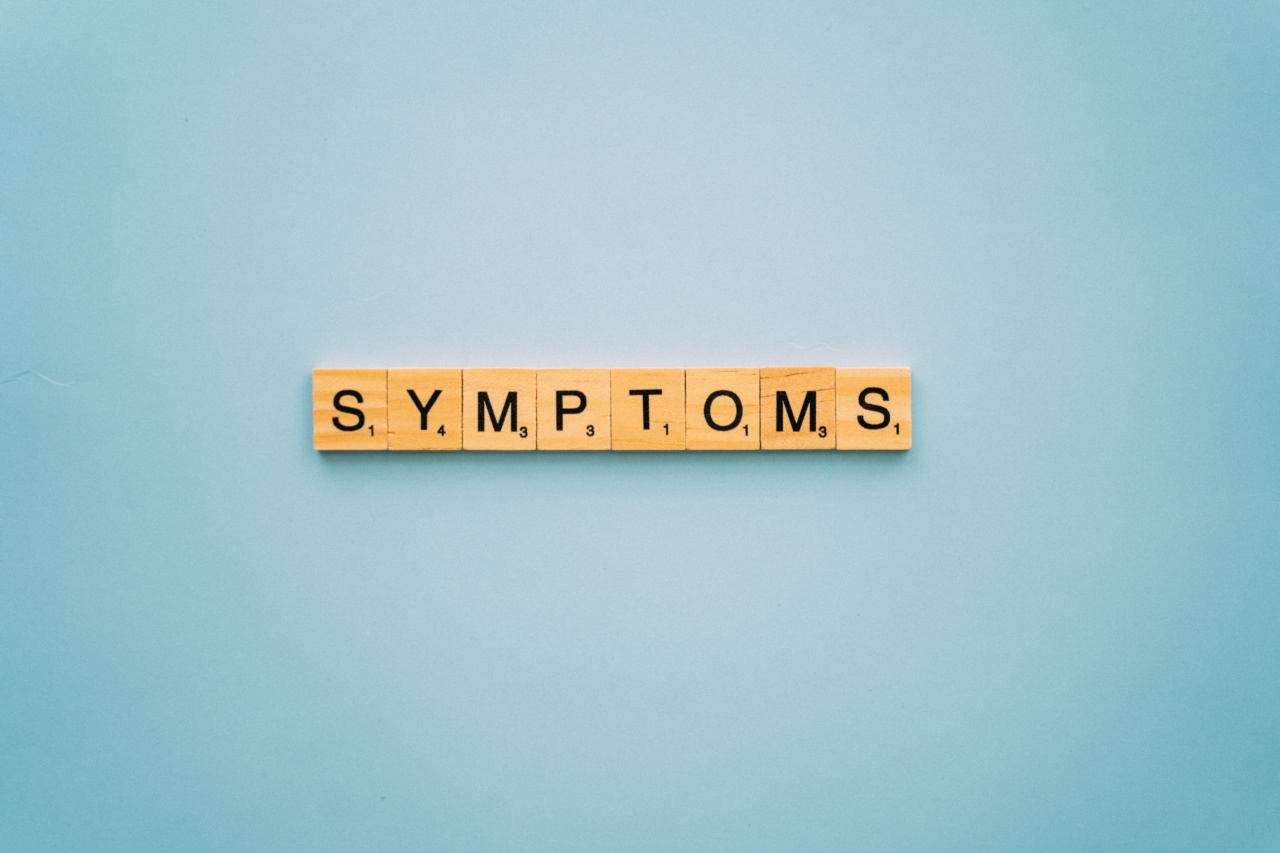Infarction and stroke are two medical terms that are often used interchangeably, but they actually refer to two distinct conditions.
Infarction is the death of tissue due to inadequate blood supply, while stroke is a sudden interruption in the blood supply to the brain that causes neurological damage. Both conditions can be life-threatening and require immediate medical attention. In this article, we will explore the symptoms and signs of both infarction and stroke.
What is Infarction?
Infarction occurs when an artery that supplies blood to an organ or tissue becomes blocked or obstructed.
This obstruction can be caused by a blood clot, air bubble, or plaque buildup in the artery, and leads to a decrease in blood flow to the affected area. The lack of oxygen and nutrients ultimately causes cellular death, which can result in permanent damage to the affected organ or tissue.
Symptoms and Signs of Infarction
The symptoms of infarction depend on the location of the affected tissue. For example, if the heart muscle is affected, the following symptoms may be experienced:.
- Chest pain or discomfort
- Shortness of breath
- Sweating
- Nausea
- Lightheadedness
If the brain tissue is affected by infarction, the symptoms may include:.
- Sudden, severe headache
- Confusion or difficulty speaking
- Dizziness or loss of balance
- Weakness or numbness on one side of the body
- Blurred vision or loss of vision in one or both eyes
- Difficulty swallowing
- Loss of consciousness or coma
What is Stroke?
Stroke is a medical emergency that occurs when there is an interruption in the blood supply to the brain. This interruption can be caused by a blood clot or a ruptured blood vessel.
The lack of oxygen and nutrients causes brain cells to die, which can result in permanent brain damage or death.
Symptoms and Signs of Stroke
The symptoms and signs of stroke can vary depending on the location of the affected area in the brain. The most common symptoms of stroke include:.
- Sudden weakness or numbness on one side of the body
- Difficulty speaking or understanding speech
- Sudden loss of vision in one or both eyes
- Sudden severe headache
- Dizziness, loss of balance or coordination
- Confusion or difficulty with memory
If you or someone you know is experiencing any of these symptoms, it is important to seek immediate medical attention. The sooner you receive treatment, the better your chances of recovery.
The Differences: Infarction vs. Stroke
While infarction and stroke share many common symptoms, there are some key differences between the two conditions. Infarction can occur in any organ or tissue in the body, while stroke specifically refers to an interruption of blood supply to the brain.
Infarction can be caused by various factors such as blood clots or plaque buildup, while stroke is usually caused by a blood clot or ruptured blood vessel in the brain.
Additionally, the symptoms and signs of infarction and stroke may differ depending on the location of the affected organ or tissue. However, both conditions require immediate medical attention to prevent complications or death.
Treatment for Infarction and Stroke
The treatment for both infarction and stroke involves restoring blood flow to the affected area as quickly as possible.
This may involve medication to dissolve blood clots, surgery to remove plaque or blockages, or procedures to repair or replace damaged blood vessels.
In addition to restoring blood flow, patients may also require rehabilitation therapy to regain strength, mobility, and cognitive function. Rehabilitation may include physical therapy, speech therapy, and occupational therapy.
Prevention of Infarction and Stroke
The risk factors for infarction and stroke are similar and include:.
- High blood pressure
- High cholesterol
- Diabetes
- Smoking
- Obesity
- Sedentary lifestyle
- Family history of cardiovascular disease
While some risk factors such as family history cannot be changed, there are several lifestyle changes that can help reduce the risk of infarction and stroke:.
- Maintain a healthy diet
- Exercise regularly
- Avoid smoking and excessive alcohol consumption
- Manage chronic conditions such as high blood pressure and diabetes
- Get regular check-ups and screenings
Conclusion
Infarction and stroke are two medical conditions that can be life-threatening and require immediate medical attention. While both conditions share many common symptoms, there are some key differences between the two.
It is important to seek medical attention right away if you experience any of the symptoms or signs of infarction or stroke.




























